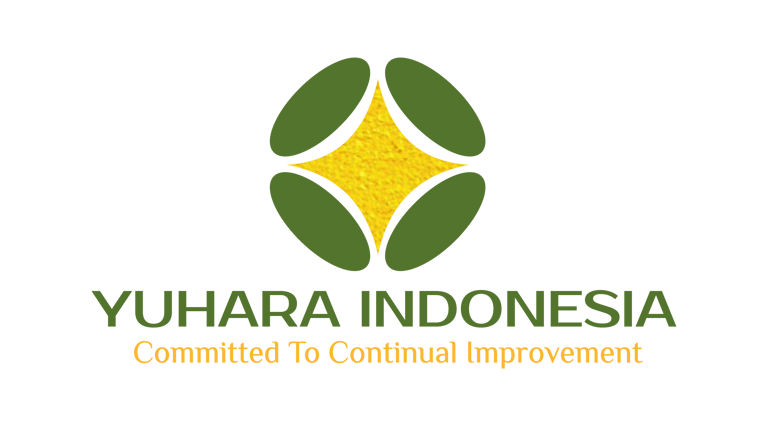Human Resource Management in the Digital Age: Transformation and Challenges
In an ever-changing digital era, human resource management plays a crucial role in supporting adaptable and resilient organizations. Digital transformation, data utilization, and changes in work practices enable HRM to create significant added value for organizations.
BISNIS


In today's rapidly evolving digital era, Human Resource Management (HRM) has undergone significant changes. Technological advancements and the COVID-19 pandemic have accelerated the transformation of HRM, introducing new challenges and fostering innovation in how organizations manage their human resources. In this article, we will explore the role of human resource management in the digital age, as well as recent trends and changes affecting HRM practices.
The Role of Human Resource Management in the Digital Era
Human Resource Management is at the core of organizational operations. In the digital era, the role of HRM has evolved into a more strategic and impactful function that significantly influences overall company performance. Here are the key roles of HRM in the digital age:
Talent Recruitment and Development: In an era where technology enables access to global talent, HRM must be able to discover, recruit, and develop potential employees from various regions.
Digital Skills Development: Training and developing digital skills have become crucial, particularly in the face of organizational digital transformation.
Performance Management: Employee performance evaluation, goal monitoring, and feedback are increasingly supported by software and analytical tools.
Corporate Culture Management: Promoting a corporate culture aligned with digital values, such as collaboration, flexibility, and innovation.
Change Management: Technological changes often require cultural and procedural adjustments. HRM plays a role in ensuring that these changes are successfully embraced by employees.
Recent Trends and Changes in Human Resource Management
Remote Work and Hybrid Workforce: The COVID-19 pandemic has transformed the way we work, with many organizations transitioning to remote work models. HRM must manage globally dispersed teams and plan for hybrid work models in the future.
HR Analytics: The use of data to make better decisions in human resource management is on the rise. This includes employee data analysis, satisfaction analysis, and workforce demand predictions.
Artificial Intelligence (AI) in HRM: AI is being used for smarter recruitment processes, employee chatbots, and workforce demand forecasting.
Workforce Diversity: Attention to workplace diversity and inclusion is growing, prompting HRM to promote diversity and minimize biases.
Employee Well-being Management: Employee well-being has become a priority, with organizations offering additional benefits such as mental health support, flexible work arrangements, and health programs.
References:
DePond, W., & Palazzo, D. (2021). HR in the age of AI and analytics: A must for the people agenda. McKinsey & Company.
Sparrow, P. R., & Cooper, C. L. (2021). The digitalization of HR: Capturing the value of cloud, big data, mobile. Routledge.
Society for Human Resource Management (SHRM). (2021). 2021 Human Capital Trends Report.
Deloitte. (2021). Human Capital Trends: Resilience in an age of uncertainty.
In an ever-changing digital era, human resource management plays a crucial role in supporting adaptable and resilient organizations. Digital transformation, data utilization, and changes in work practices enable HRM to create significant added value for organizations.
